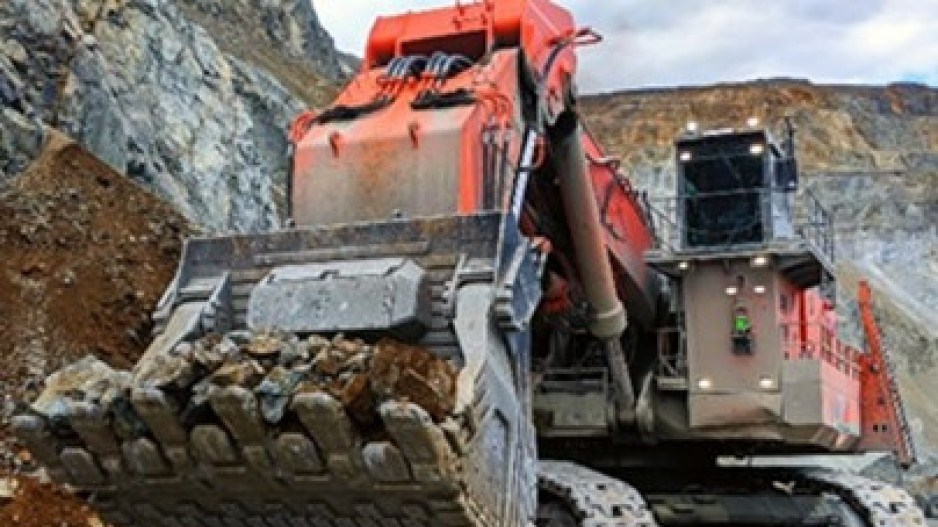The B.C. government and Mining Association of BC today unveiled a new Mining Innovation Roadmap that aims to tap Vancouver’s high-tech expertise and B.C.’s abundant clean energy to make mining in B.C.cleaner, greener and more productive.
Today is officially Mining Day in B.C. The B.C. government used the occasion to invite B.C.’s mining industry representatives to meet with government and opposition leaders virtually to promote the progress they have made to date.
The mining sector has already provided a catalyst for companies like Saltworks and MineSense to develop engineering solutions to some of the problems the mining sector faces. The new road map aims to build on that synergy.
“At a time when British Columbians need it most, mining can play a critical and positive role in the province’s economic recovery,” said Michael Goehring, president of the Mining Association of BC.
“There are a number of new mines and mine extensions on the books. They hold the potential to deliver thousands of new jobs, more revenue for public services and advance economic reconciliation with indigenous communities.”
Without the metals that mining produces, the energy transition needed to address climate change simply can’t happen. While governments around the world have begun to accept that mining will be critical to the energy transition, the reality is that new mines continue to be rejected or languish in permitting limbo.
Mining can have significant impacts on the environment, which is where many mine projects run into trouble in B.C. Those projects that face opposition from First Nations in B.C. simply don’t get approved. And even projects that do finally get approved can take well over a decade just to get through the various permitting processes.
There are some First Nations in B.C. that support mining, however, notably the Tahltan First Nation in northwest B.C., which explains why so much of the mining exploration spending has been focused in that region over the last decade.
The B.C. government wants to tap Vancouver’s high-tech expertise to help the mining sector address some of its environmental impacts. It also hopes to leverage B.C.’s abundant clean energy to market B.C. minerals and metals – primarily gold, copper and metallurgical coal – as low carbon.
“Our government has taken steps to improve health, safety and environmental compliance, to improve permitting and to support industrial electrification and to advance reconciliation, distinguishing us fairly as leaders in the growing global, environmental, social and governance investment movement,” said Bruce Ralston, B.C. minister of Energy, Mines and Low Carbon Innovation.
The fact many B.C. mines can operate largely on B.C.’s abundant clean hydro power is something the government and industry is promoting as a kind of green premium.
“In B.C. we have one of the lowest GHG emission intense mines and smelters in the world, producing low carbon metals and minerals the world needs to transition to a low-carbon economy.” Goehring said.
As part of the new road map government plans to develop a Mining Innovation Hub.
The road map’s primary goals are to:
- foster innovation and collaboration;
- improve regulations that support innovation;
- leverage B.C.'s ESG advantage; and
- develop the workforce needed for the mining sector.




